Home>Furniture & Design>Interior Design Trends>How Wide Is A Sliding Glass Door
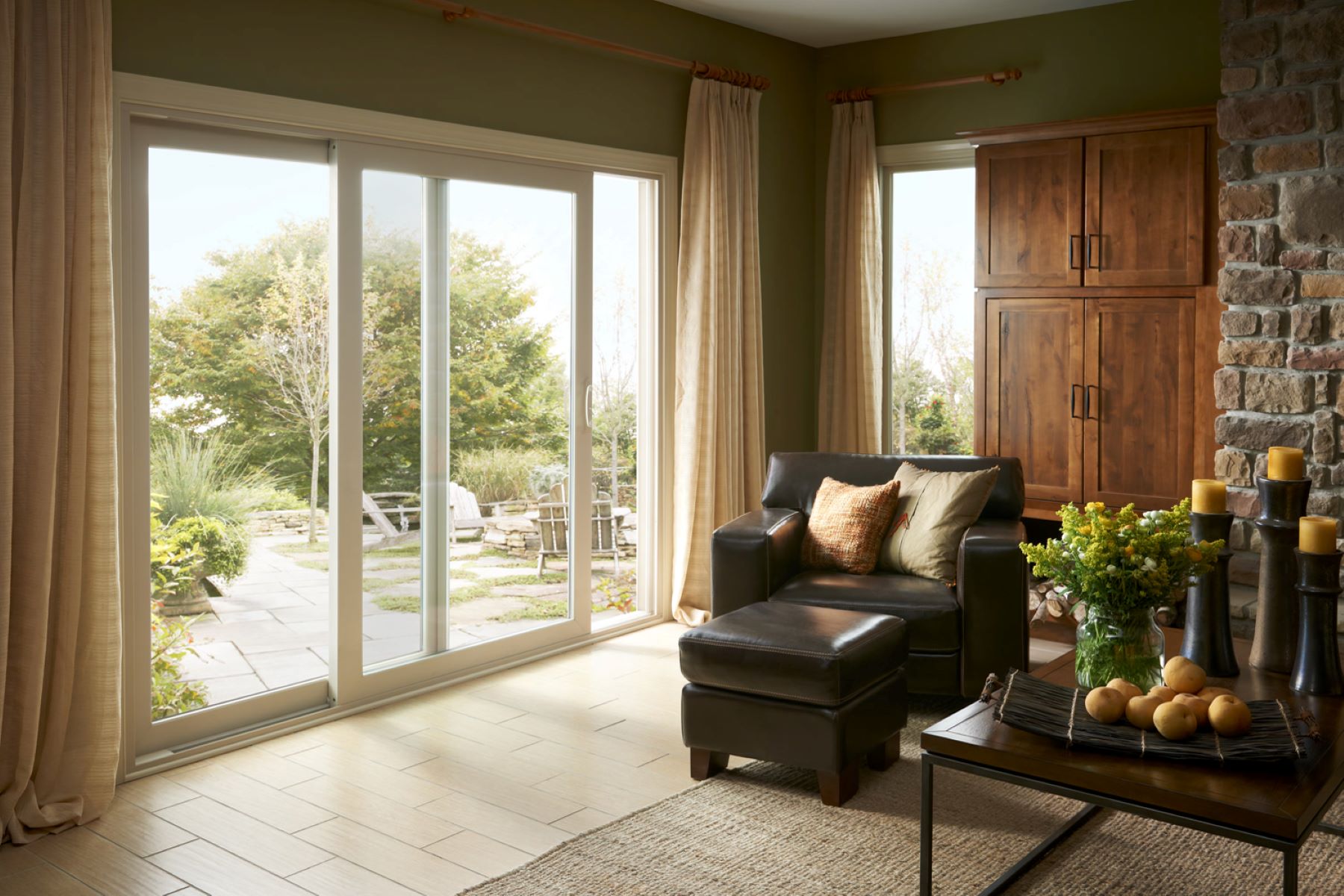

Interior Design Trends
How Wide Is A Sliding Glass Door
Modified: March 2, 2024
Discover the latest interior design trends with insights on the width of sliding glass doors. Explore modern design options and make informed choices for your space.
(Many of the links in this article redirect to a specific reviewed product. Your purchase of these products through affiliate links helps to generate commission for Storables.com, at no extra cost. Learn more)
Standard Sizes of Sliding Glass Doors
Sliding glass doors are a popular choice for homeowners seeking to bring natural light into their living spaces while creating a seamless transition between indoor and outdoor areas. These doors are available in a range of standard sizes to accommodate various architectural designs and spatial requirements. Understanding the standard sizes of sliding glass doors can help homeowners make informed decisions when selecting the most suitable option for their homes.
Read more: How Wide Are Sliding Glass Doors
1. Single Panel Doors
Standard single panel sliding glass doors typically come in widths ranging from 60 inches to 72 inches. These doors are ideal for smaller openings and can effectively enhance the aesthetic appeal of a room while allowing ample natural light to filter through.
2. Double Panel Doors
Double panel sliding glass doors, also known as French doors, are a popular choice for larger openings and offer a wider range of standard sizes. The widths of these doors commonly range from 108 inches to 144 inches, providing a spacious and elegant entryway that seamlessly connects indoor and outdoor living spaces.
3. Triple Panel Doors
For expansive openings and panoramic views, triple panel sliding glass doors are available in standard widths ranging from 144 inches to 192 inches. These doors are a striking architectural feature that can transform a room, creating a sense of openness and connectivity with the surrounding environment.
4. Height Considerations
In addition to width, it's important to consider the height of sliding glass doors. Standard heights for these doors typically range from 80 inches to 96 inches, allowing for flexibility in accommodating various ceiling heights and architectural preferences.
Understanding the standard sizes of sliding glass doors provides homeowners with valuable insights into the available options, enabling them to make informed decisions based on their specific spatial and design requirements. Whether it's a single panel, double panel, or triple panel door, the standard sizes cater to a diverse range of architectural needs, making sliding glass doors a versatile and appealing choice for modern homes.
By familiarizing themselves with these standard sizes, homeowners can confidently explore the possibilities of integrating sliding glass doors into their living spaces, enhancing both the aesthetic and functional aspects of their homes.
Key Takeaways:
- Sliding glass doors come in different standard sizes, from 60 to 192 inches wide, to fit various spaces. Wider doors offer more natural light and panoramic views, while narrower ones are great for smaller openings.
- Customizing the width of sliding glass doors allows homeowners to tailor them to their specific needs and design preferences. It’s like creating a perfect fit for your home, balancing functionality and style.
Factors Affecting the Width of Sliding Glass Doors
The width of sliding glass doors is a critical consideration that is influenced by various factors, each playing a significant role in determining the optimal size for a particular space. Understanding these factors is essential for homeowners and designers seeking to make informed decisions when selecting sliding glass doors for their homes.
-
Architectural Design: The architectural layout of a space heavily influences the width of sliding glass doors. For instance, in modern and contemporary designs characterized by open floor plans and expansive living areas, wider sliding glass doors are often preferred to create a seamless connection between indoor and outdoor spaces. In contrast, traditional or compact spaces may necessitate smaller door widths to maintain proportionality and functionality.
-
Spatial Constraints: The available space and layout of a room or outdoor area directly impact the width of sliding glass doors. Limited wall space or structural considerations may dictate the maximum width that can be accommodated, prompting the need for customized door sizes to suit the specific spatial constraints.
-
Natural Light and Views: The desire to maximize natural light intake and capitalize on scenic outdoor views influences the width of sliding glass doors. Wider doors offer expansive views and flood interiors with abundant natural light, creating a visually appealing and inviting atmosphere within the living space.
-
Traffic Flow and Accessibility: The width of sliding glass doors is also influenced by traffic flow and accessibility requirements. In high-traffic areas or spaces where seamless indoor-outdoor transitions are essential, wider doors facilitate easy movement and enhance the overall functionality of the living environment.
-
Energy Efficiency: Energy efficiency considerations play a role in determining the width of sliding glass doors. While wider doors offer enhanced natural light and views, they may also impact the energy performance of a home. Therefore, striking a balance between door width and energy efficiency is crucial, ensuring that the doors contribute to a well-insulated and sustainable living environment.
-
Aesthetic Preferences: Aesthetic preferences and design objectives significantly impact the width of sliding glass doors. Homeowners and designers may opt for wider doors to create a dramatic focal point or to achieve a specific architectural style, while in other instances, narrower doors may be chosen to complement the overall design aesthetic of the space.
Understanding these factors is instrumental in guiding the selection of the most suitable width for sliding glass doors, enabling homeowners and designers to align the door size with the functional, aesthetic, and spatial requirements of the living environment. By carefully considering these factors, individuals can make informed decisions that optimize the visual appeal, functionality, and overall impact of sliding glass doors within their homes.
Customizing the Width of Sliding Glass Doors
Customizing the width of sliding glass doors offers homeowners and designers the flexibility to tailor these architectural elements to suit specific spatial, design, and functional requirements. This customization process involves a thoughtful and strategic approach to ensure that the resulting door size seamlessly integrates with the overall design scheme while enhancing the practicality and visual appeal of the living space.
Tailored Solutions
One of the primary advantages of customizing the width of sliding glass doors is the ability to address unique spatial constraints and design preferences. In instances where standard door sizes may not align with the dimensions of a particular opening, customizing the width becomes essential to achieve a perfect fit. This tailored approach ensures that the doors complement the architectural layout of the space, creating a harmonious and visually cohesive environment.
Architectural Harmony
Customization also allows for the alignment of sliding glass door widths with the broader architectural vision of a home. Whether it involves creating a striking focal point with a wider door or maintaining proportional balance with a narrower door, customization enables homeowners and designers to achieve architectural harmony and visual continuity throughout the living space.
Read more: How To Install A Sliding Glass Door
Personalization and Functionality
Furthermore, customizing the width of sliding glass doors facilitates the personalization of living spaces to cater to specific functional and lifestyle needs. For instance, in areas where traffic flow and accessibility are paramount, customizing wider doors can enhance ease of movement and indoor-outdoor connectivity. Conversely, in compact spaces, narrower doors can optimize functionality without compromising on the aesthetic and practical benefits of sliding glass doors.
Design Flexibility
The customization of door width also offers design flexibility, allowing homeowners and designers to explore creative possibilities and express their unique design sensibilities. Whether it involves creating a seamless transition between indoor and outdoor areas, maximizing natural light intake, or accentuating panoramic views, customizing the width of sliding glass doors empowers individuals to realize their design visions with precision and elegance.
Integration with Surroundings
Moreover, customizing door width enables seamless integration with the surrounding environment, fostering a strong connection between indoor and outdoor living spaces. By tailoring the width to align with specific views, landscaping features, and architectural elements, sliding glass doors become an integral part of the overall spatial experience, enhancing the visual and sensory appeal of the living environment.
In essence, customizing the width of sliding glass doors empowers homeowners and designers to create tailored, functional, and visually captivating architectural solutions that elevate the living experience. By embracing customization, individuals can achieve a harmonious integration of sliding glass doors within their homes, reflecting their unique lifestyle, design preferences, and spatial considerations.
Tips for Choosing the Right Width for Your Sliding Glass Door
When selecting the width of a sliding glass door for your home, several key considerations can guide you toward making an informed and well-suited decision. The following tips are designed to help you navigate the process and choose the right width for your sliding glass door:
-
Assess Spatial Requirements: Begin by assessing the spatial requirements of the area where the sliding glass door will be installed. Consider the available wall space, architectural layout, and the desired indoor-outdoor connectivity. This evaluation will provide valuable insights into the ideal width that can seamlessly integrate with the existing spatial dynamics.
-
Prioritize Functionality: Prioritize functionality by considering the traffic flow and accessibility needs of the space. A wider door may be more suitable for high-traffic areas and larger openings, facilitating ease of movement and enhancing the overall functionality of the living environment. Conversely, in compact spaces, a narrower door can optimize functionality without compromising on the benefits of sliding glass doors.
-
Maximize Natural Light and Views: If maximizing natural light intake and capturing scenic outdoor views are priorities, opt for a wider sliding glass door. A broader door width allows for an expansive view of the outdoors and floods the interior with abundant natural light, creating a visually appealing and inviting atmosphere within the living space.
-
Consider Architectural Harmony: Consider the broader architectural harmony of your home when choosing the width of the sliding glass door. Ensure that the selected width aligns with the overall design aesthetic and proportionality of the space, creating a harmonious and visually cohesive environment.
-
Customization for Unique Requirements: If standard door sizes do not align with the dimensions of a particular opening, consider customizing the width to achieve a perfect fit. Customization allows for tailored solutions that address unique spatial constraints and design preferences, ensuring that the sliding glass door seamlessly integrates with the architectural layout of the space.
-
Energy Efficiency: Balance the desire for a wider door with energy efficiency considerations. While broad doors offer enhanced natural light and views, they may impact the energy performance of your home. Strive to strike a balance that contributes to a well-insulated and sustainable living environment.
-
Aesthetic Preferences: Lastly, consider your aesthetic preferences and design objectives. Whether you aim to create a dramatic focal point with a wider door or maintain a specific architectural style, ensure that the chosen width aligns with your design vision and complements the overall aesthetic of the space.
By considering these tips, you can confidently select the right width for your sliding glass door, ensuring that it harmonizes with the spatial, functional, aesthetic, and architectural aspects of your home. This thoughtful approach will result in a well-suited and visually captivating addition to your living space, enhancing both the practicality and visual appeal of your home.
Frequently Asked Questions about How Wide Is A Sliding Glass Door
Was this page helpful?
At Storables.com, we guarantee accurate and reliable information. Our content, validated by Expert Board Contributors, is crafted following stringent Editorial Policies. We're committed to providing you with well-researched, expert-backed insights for all your informational needs.
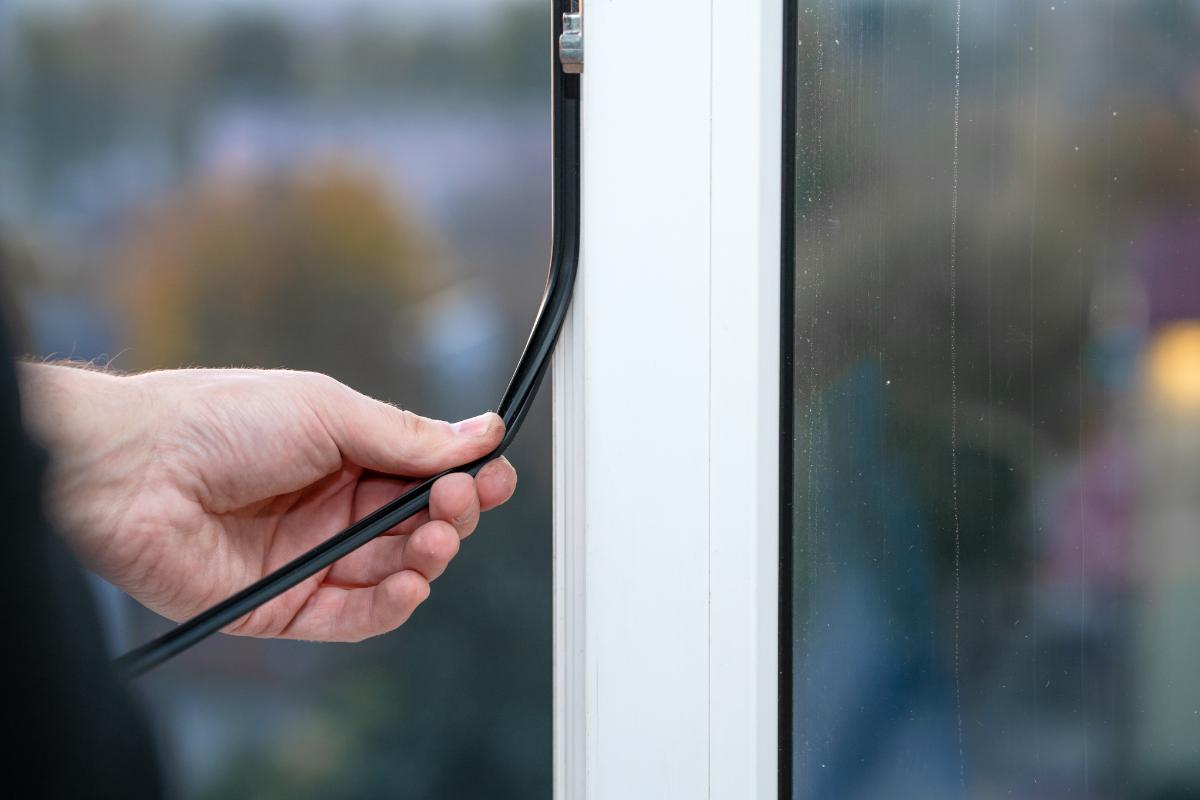
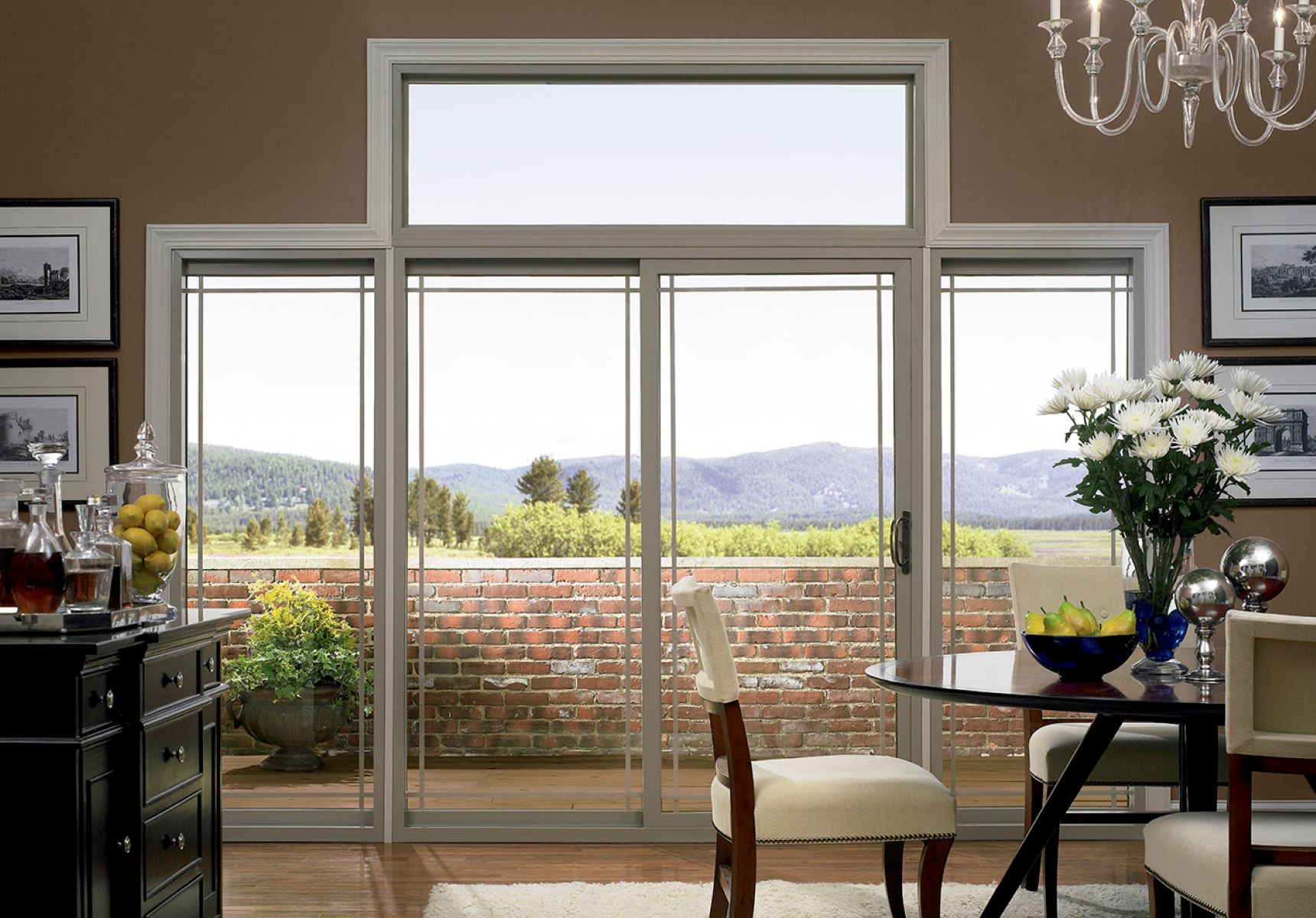
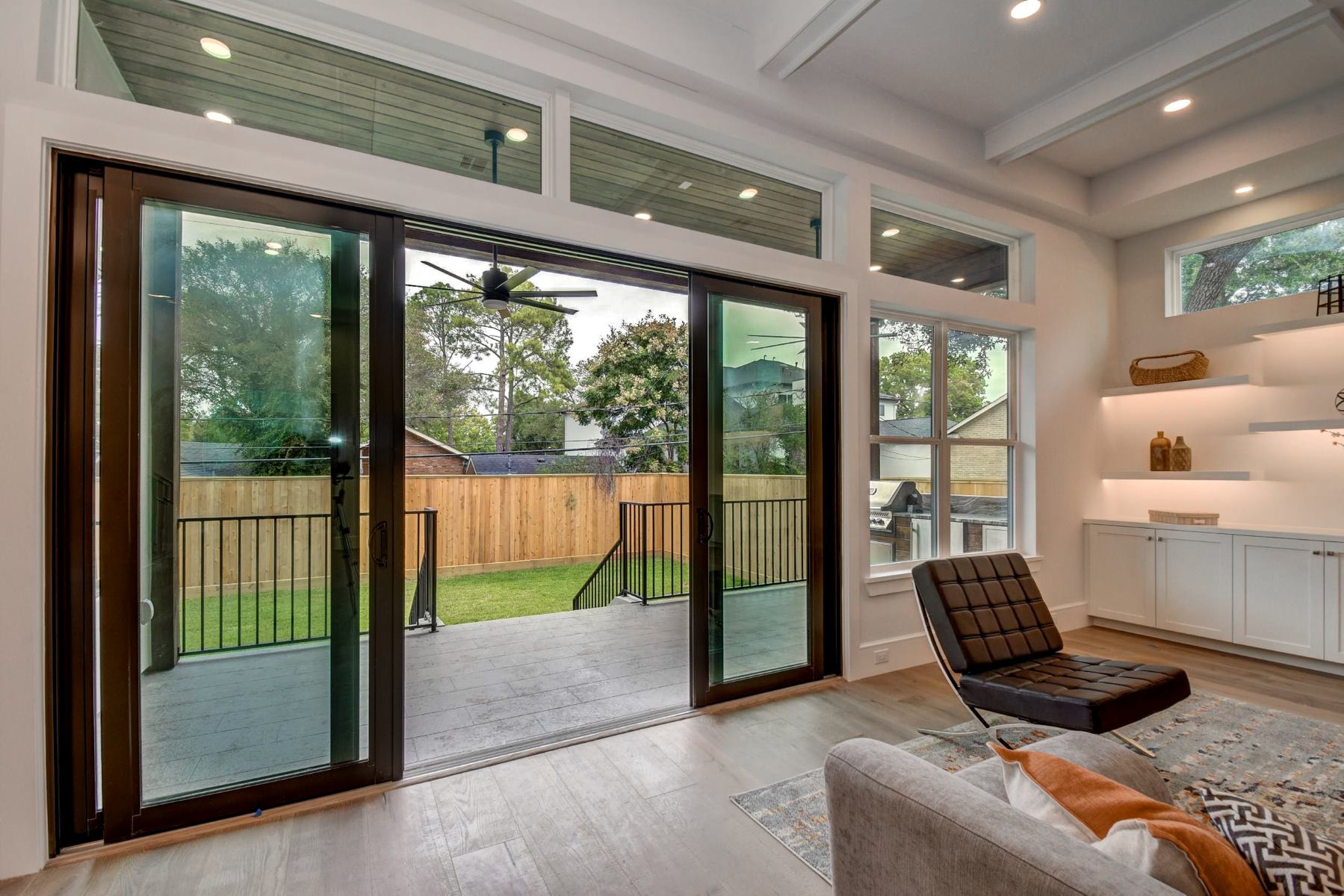
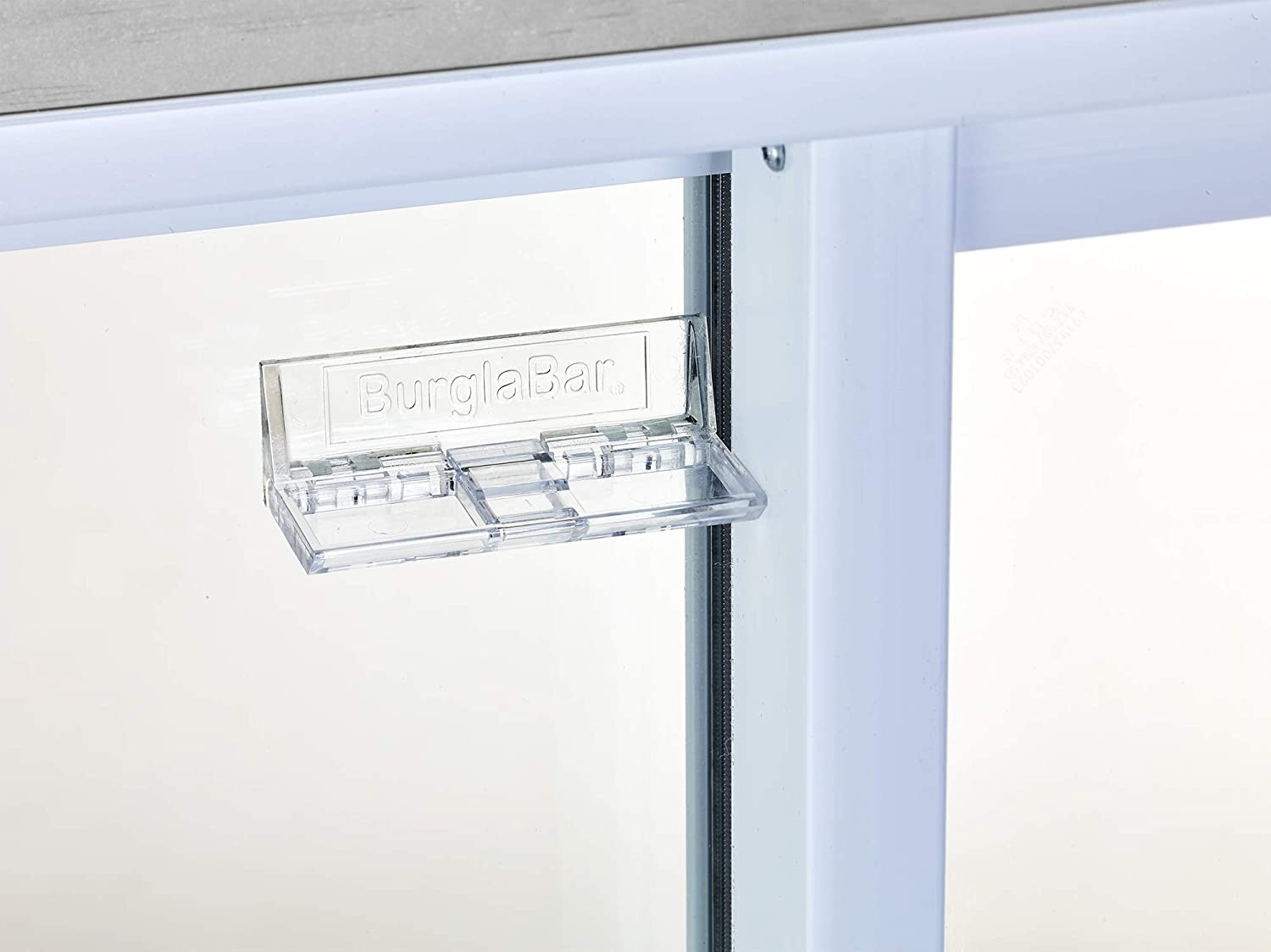
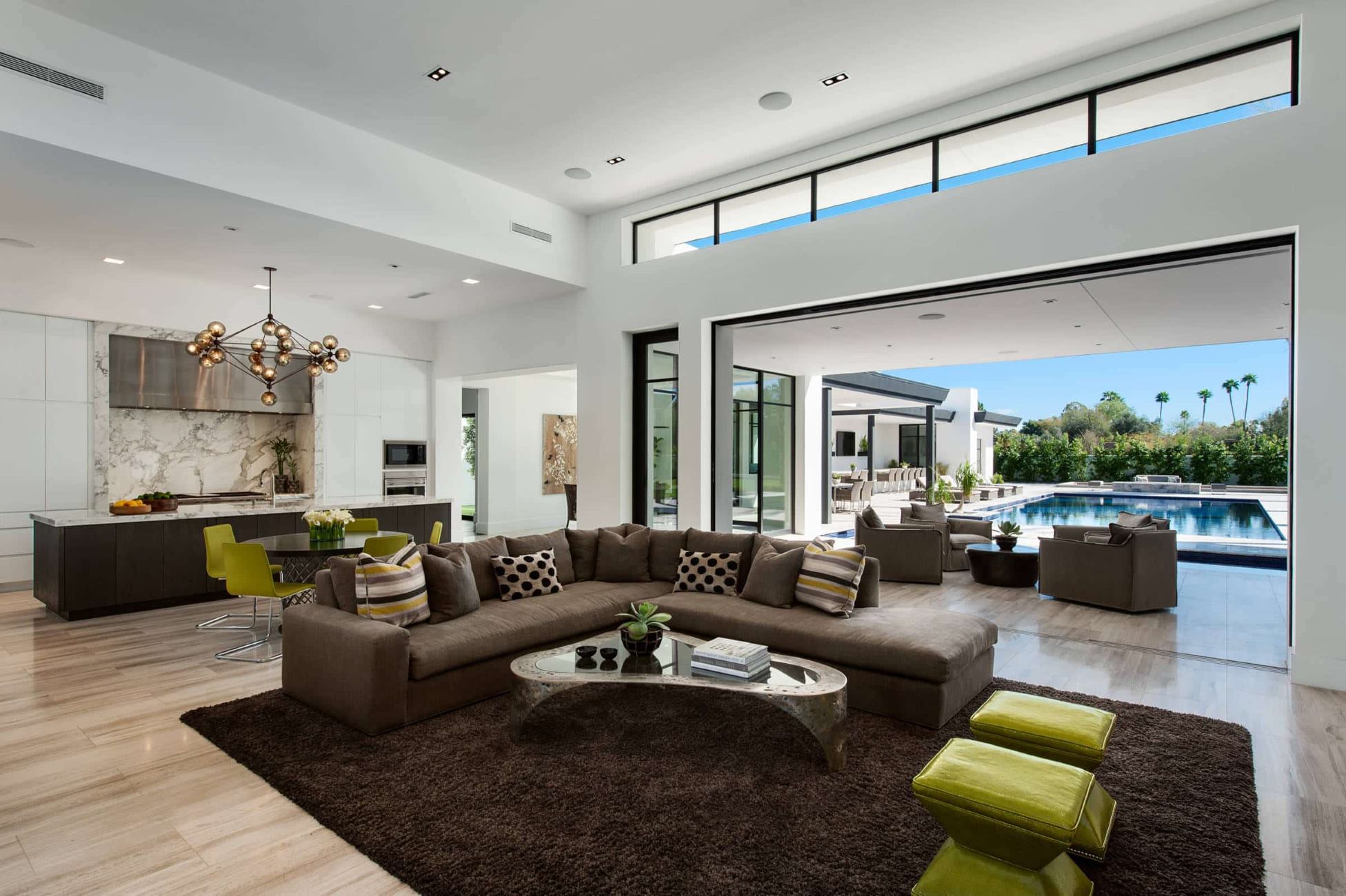

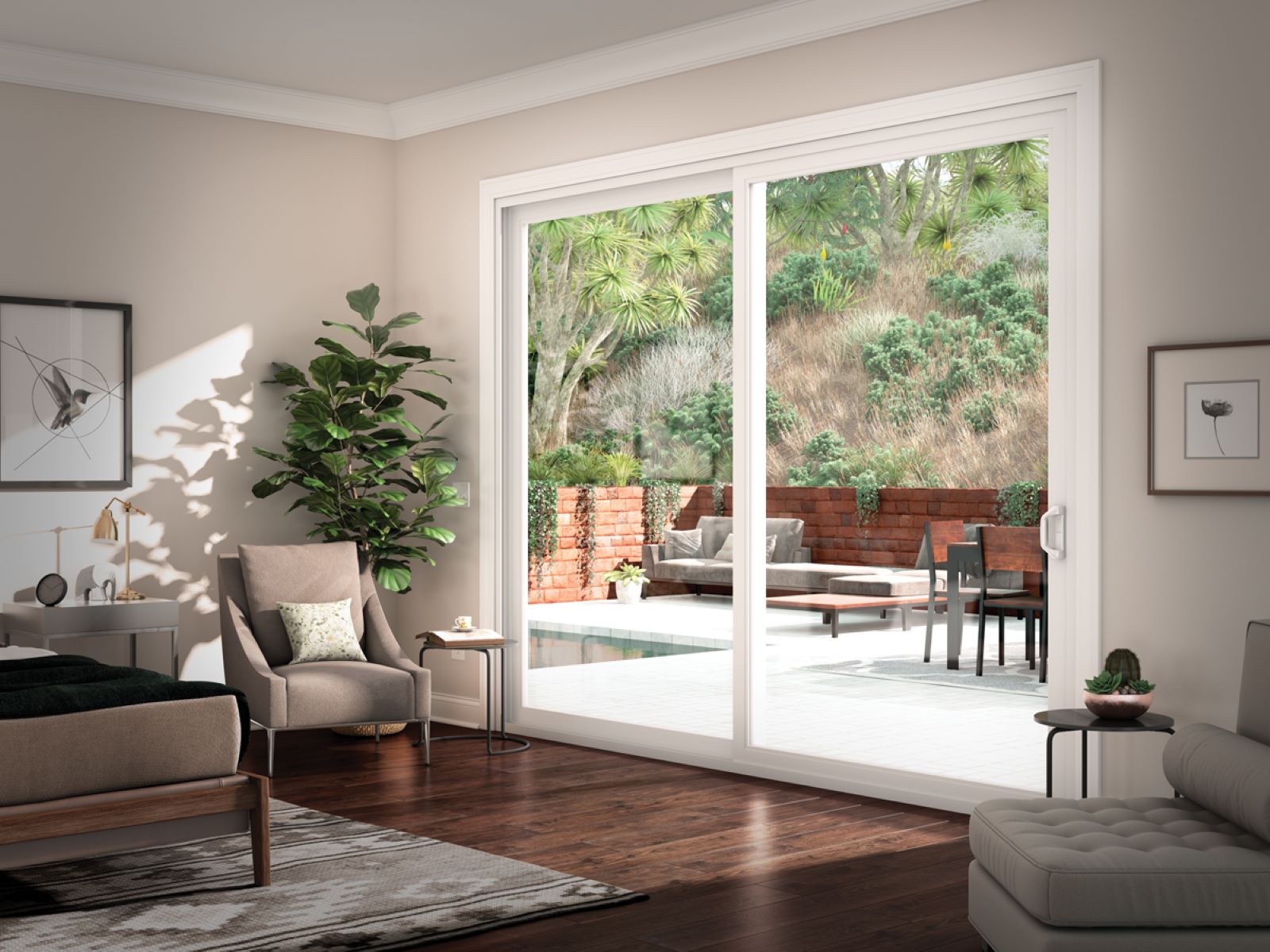
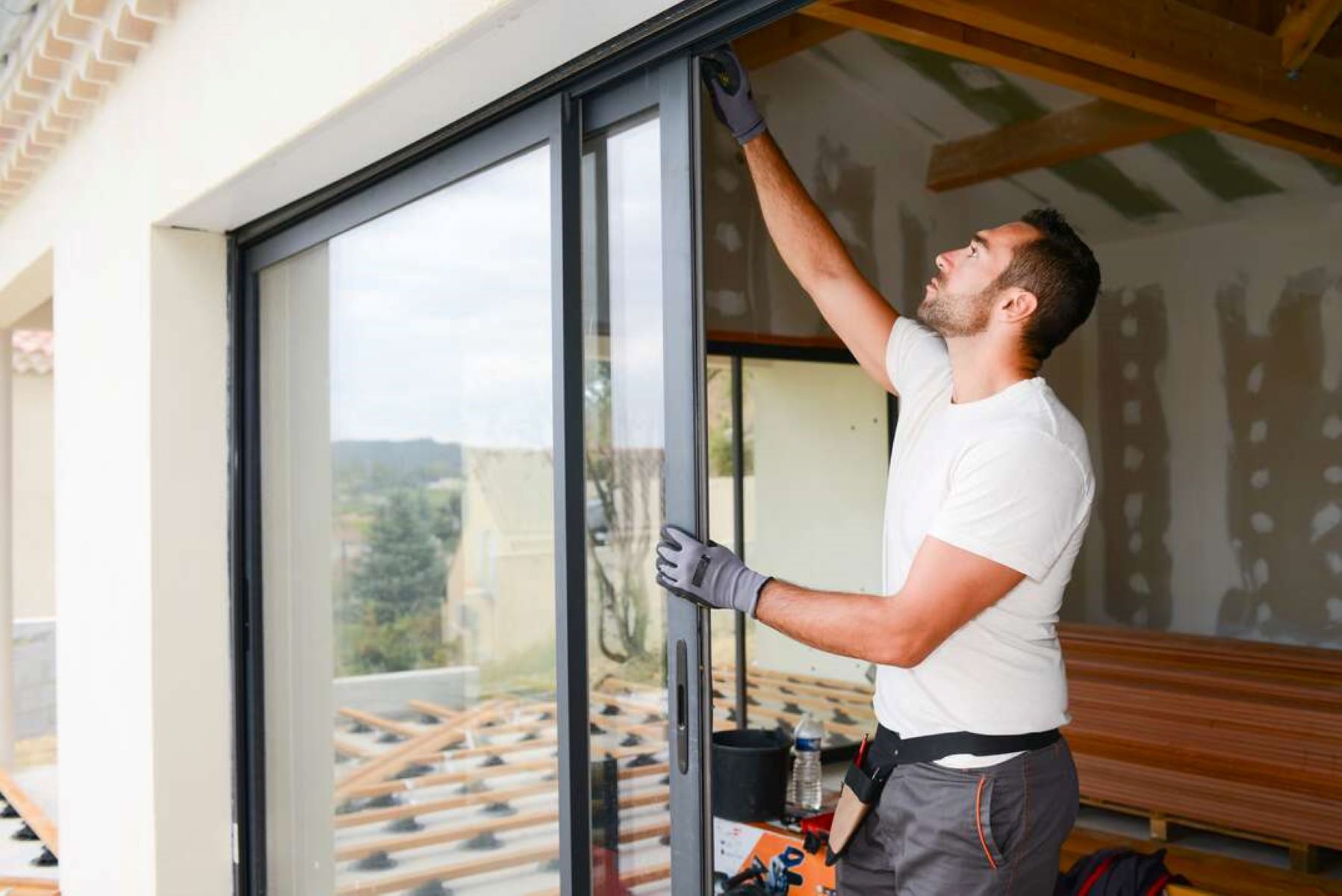
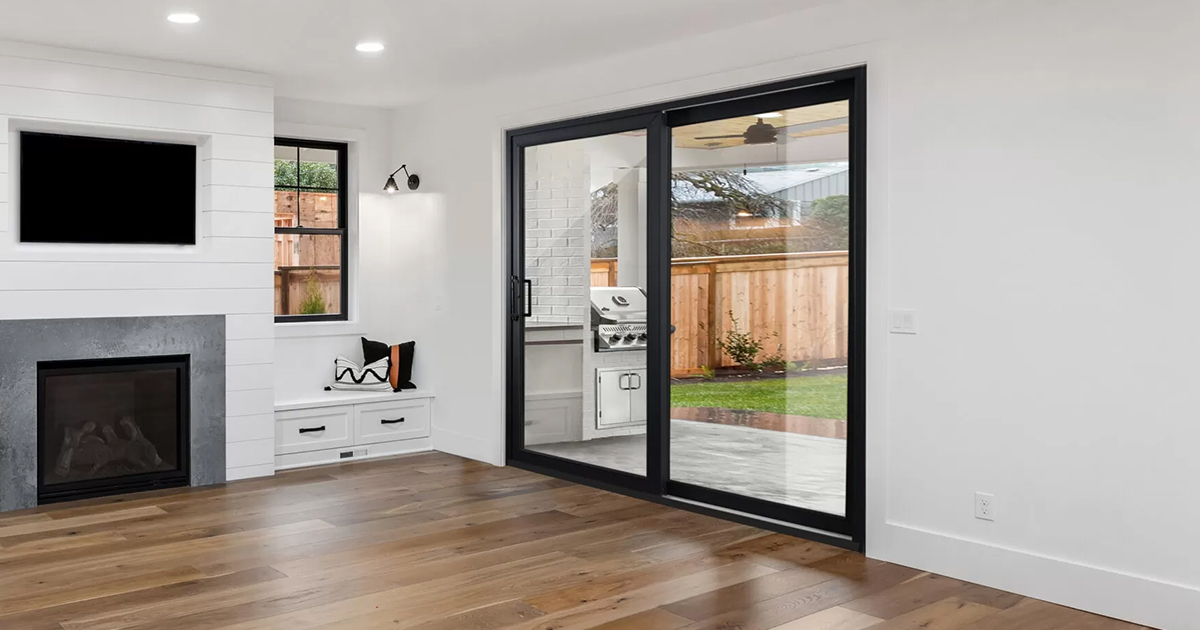
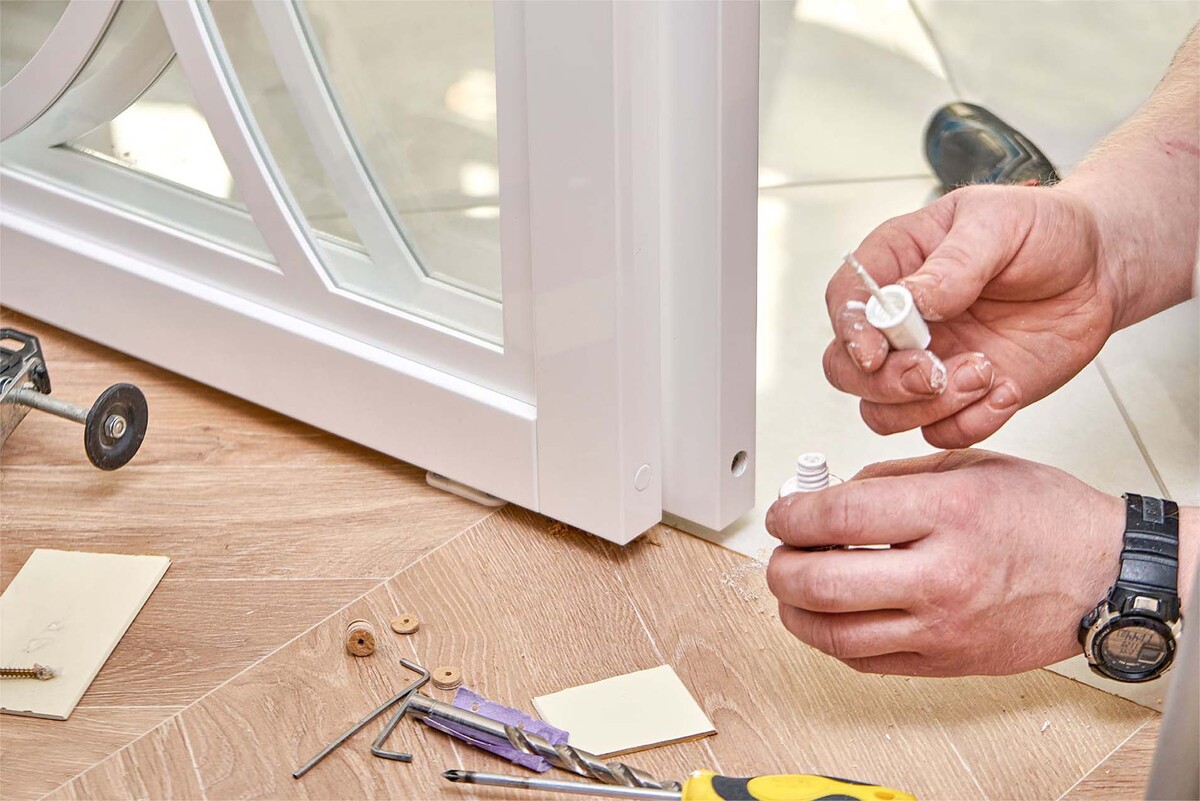
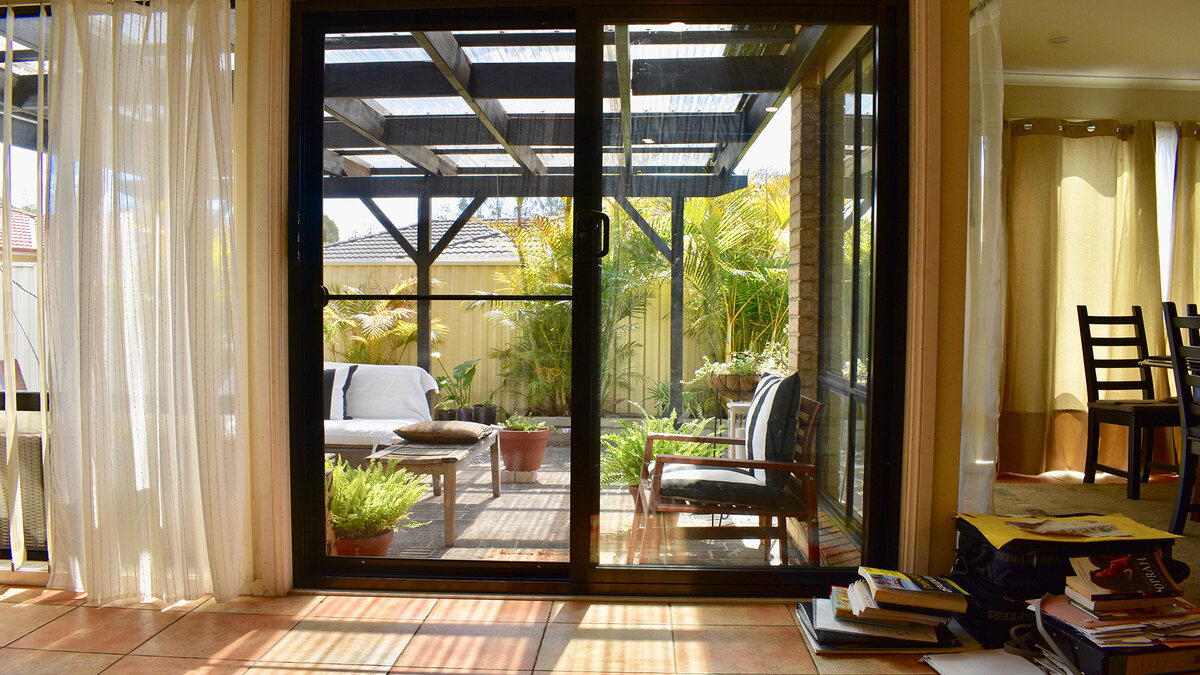
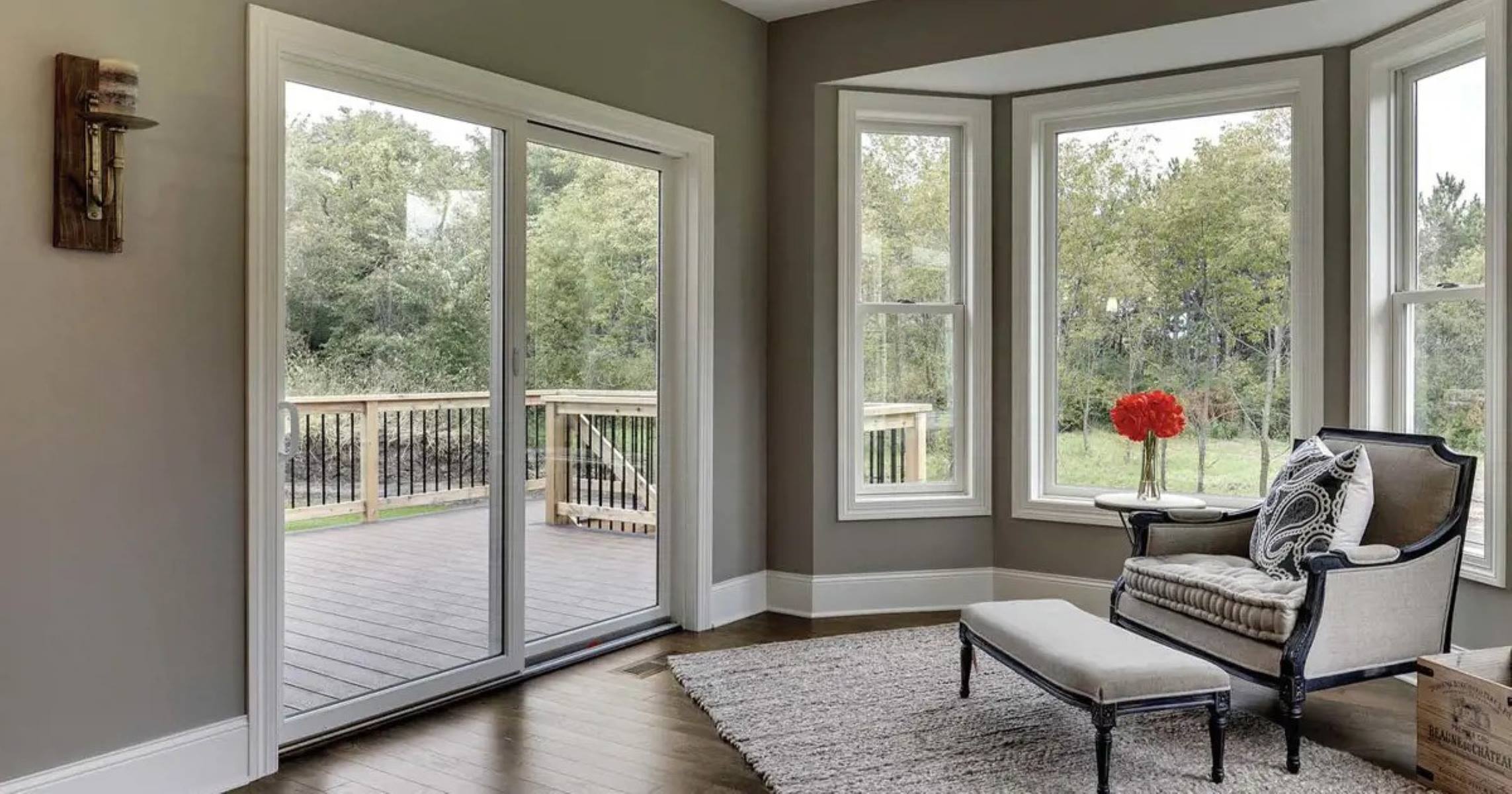


0 thoughts on “How Wide Is A Sliding Glass Door”